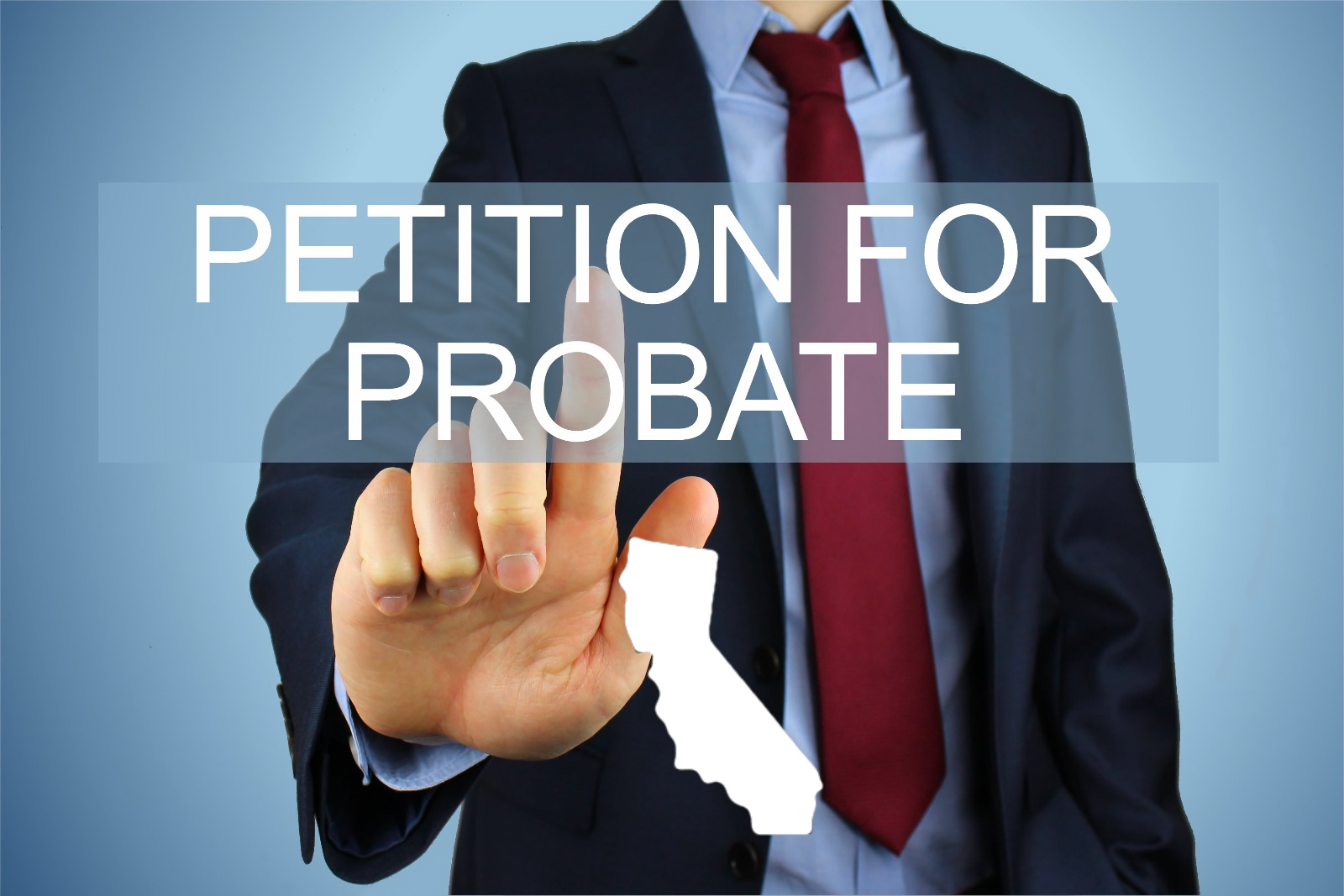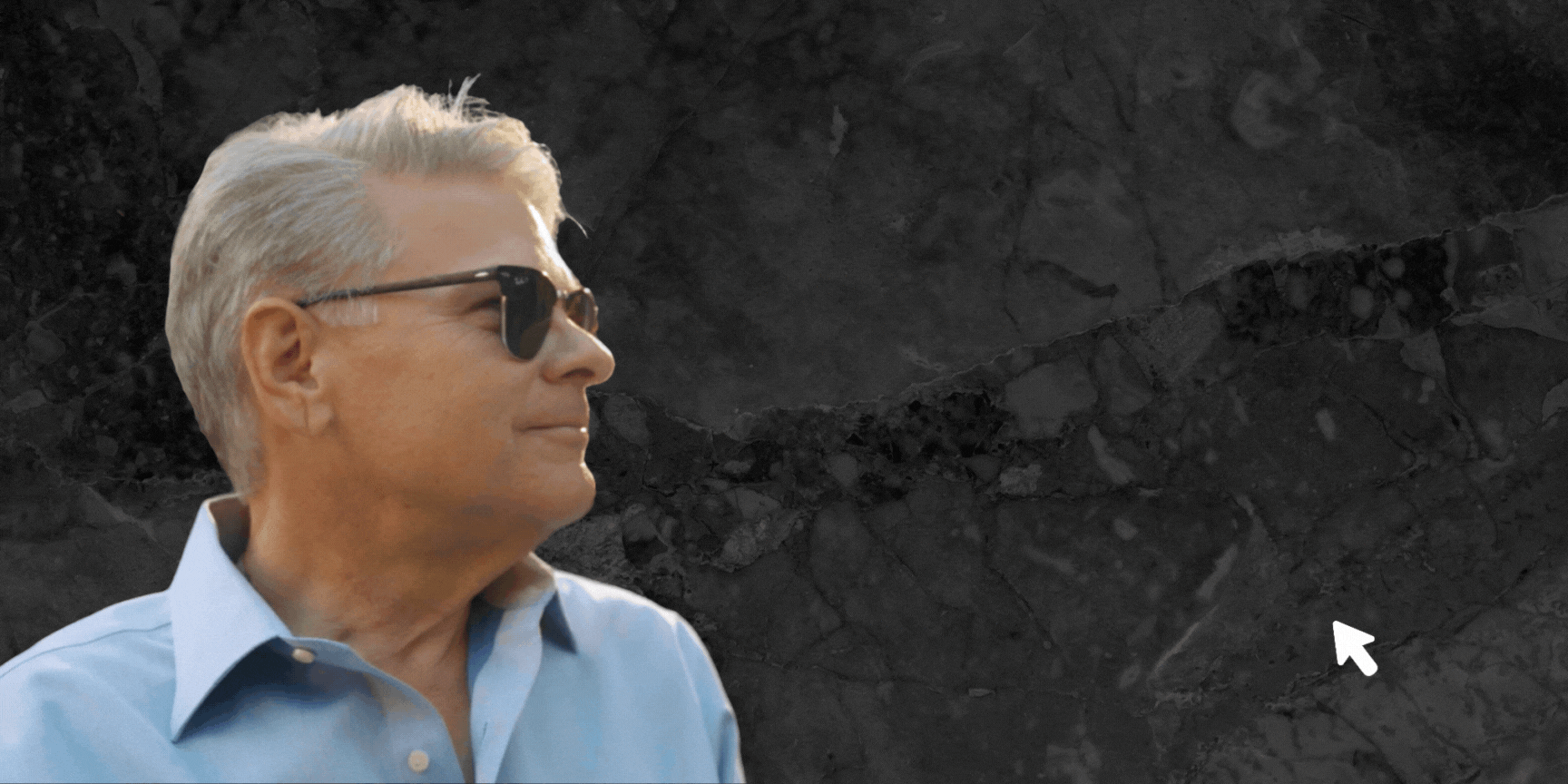Probate is a legal process that takes place after someone passes away. It involves proving in court that a deceased person’s will is valid, identifying his/her property, having the property appraised, paying debts and taxes, and distributing the remaining property as the will (or state law, if there’s no will) directs. Although the prospect of navigating the probate process may seem daunting, understanding its steps and nuances can help you tackle it with confidence. This comprehensive guide to the California probate process will give you the basics of the process from start to finish – and then some.
Before we begin, you may also want to check out my California Probate Glossary and my California Probate Timeline. And given that probate can be a time-consuming and expensive process, you may also want to read up on how to avoid probate in California.
What is Probate?
Probate is a legal process that ensures the assets of a deceased person are distributed properly according to the law or a will. The process is typically overseen by a probate court and involves several steps, including proving the validity of the deceased’s will, appointing an executor or administrator, identifying the deceased’s assets, paying off any debts or taxes, and distributing the remaining assets to the intended beneficiaries.
Why is Probate Necessary?
Probate is necessary when a person dies leaving assets that need to be transferred to his/her heirs. It provides a legal framework for the orderly dispersal of the deceased’s assets, ensuring that all debts are paid and that remaining assets are distributed to beneficiaries as prescribed by law or the deceased’s will.
Probate Assets and Non-probate Assets
Not all assets are subject to probate. Probate assets are those owned by the deceased person at the time of death without any designated beneficiaries. These can include bank accounts in the deceased’s name, real estate, stocks, bonds, and personal property.
On the other hand, non-probate assets are those that can be transferred to the next owner without probate. These include assets held in joint tenancy, assets in a living trust, life insurance benefits with named beneficiaries, and assets in pay-on-death (POD) or transfer-on-death (TOD) accounts.
The Probate Process: Step by Step
The probate process involves several steps, each one crucial in ensuring a smooth and legal transition of assets.
1. Filing the Petition
The first step in the probate process is filing a petition with the superior court in the county where the deceased person lived at the time of death. This petition seeks the court’s approval to administer the estate and appoint an executor or administrator.
2. Notice of Hearing
Once the petition is filed, a notice of the upcoming court hearing must be published in a local newspaper at least three times. Additionally, the notice must be mailed to everyone named in the will, all the deceased person’s legal heirs, and any other alternate executors named in the will.
3. Court Hearings
The court will conduct an initial hearing to decide who will serve as the executor or administrator of the estate. If the decedent left a will, the person named as the executor in the will is usually appointed as the personal representative.
4. Posting a Bond
In some cases, the court might require the administrator to post a surety bond. The bond serves as an insurance policy to protect the estate if the executor or administrator fails to properly manage the estate’s assets.
5. Assembling the Assets
After the appointment, the executor or administrator is responsible for identifying and taking possession of all the decedent’s assets subject to probate.
6. Appraisal of Assets
The court-appointed probate referee will appraise the non-cash items of the estate to determine their fair market value at the time of death.
7. Payment of Debts and Taxes
The executor or administrator will pay all the decedent’s outstanding debts and taxes from the estate funds. This includes funeral expenses, credit card bills, and other unpaid debts.
8. Distribution of Assets
Once all debts and taxes have been paid, the executor or administrator will distribute the remaining assets according to the decedent’s will or according to the rules of intestate succession if the decedent died without a will.
Role of Executor or Administrator in Probate
The executor or administrator plays a crucial role in the probate process. They are responsible for managing the decedent’s assets, paying debts and taxes, and distributing the remaining assets to the beneficiaries.
Who Can Serve as an Executor or Administrator?
The executor or administrator does not have to be a legal or financial expert. However, they must have good organizational skills and the ability to manage details. They should also be honest, diligent, and capable of acting with good faith on behalf of the estate.
Duties and Responsibilities of the Executor or Administrator
The executor or administrator has several responsibilities. They must identify and inventory the decedent’s assets, pay all debts and taxes, distribute the remaining assets to the beneficiaries, and file tax returns. They must also handle any day-to-day details, such as notifying banks and government agencies of the decedent’s death.
Compensation for Executor or Administrator
The executor or administrator is entitled to reasonable compensation for their services. This compensation is usually a percentage of the estate’s value and must be approved by the court.
Probate and Taxes
The executor or administrator is responsible for filing the decedent’s final income tax return and paying any taxes due. They must also file an estate tax return if the decedent’s estate is above a certain value.
Income Tax Returns
The executor or administrator must file the decedent’s final income tax return. This return will cover the period from the beginning of the tax year to the date of death.
Estate Tax Returns
If the decedent’s estate is above a certain value, an estate tax return must be filed. The executor or administrator must pay any estate taxes due from the estate funds.
Closing the Probate Estate
Once all the steps of the probate process have been completed, the executor or administrator can close the probate estate. This involves filing a final accounting with the court and distributing the remaining assets to the beneficiaries.
Final Accounting
The executor or administrator must provide a final accounting to the court. This accounting will detail all the actions they have taken on behalf of the estate.
Distribution of Assets
After the court approves the final accounting, the executor or administrator can distribute the remaining assets to the beneficiaries. The beneficiaries must then file receipts with the court to confirm they have received their inheritance.
Common Challenges in Probate
The probate process can sometimes be complicated and time-consuming. Some common challenges include finding all the decedent’s assets, dealing with creditors, managing disputes among beneficiaries, and handling tax issues.
Finding the Decedent’s Assets
One of the biggest challenges in the probate process is identifying and locating all the decedent’s assets. This can be especially difficult if the decedent did not keep good records or if they had assets in multiple locations.
Dealing with Creditors
Another challenge is dealing with the decedent’s creditors. The executor or administrator must notify all creditors of the decedent’s death and settle any outstanding debts.
Managing Disputes Among Beneficiaries
Disputes among beneficiaries can also complicate the probate process. These disputes can arise for a variety of reasons, such as disagreements over the interpretation of the will or disputes over the value of certain assets.
Handling Tax Issues
Finally, handling the decedent’s final income tax return and any estate taxes can also be challenging. The executor or administrator must ensure all taxes are paid correctly and on time.
Probate FAQs
Can Probate Be Avoided?
Yes, probate can be avoided by proper estate planning. This can include placing assets in a living trust, designating beneficiaries for certain types of assets, or owning property jointly.
How Long Does Probate Take?
The length of the probate process can vary depending on the complexity of the estate and whether there are any disputes or complications. In general, probate can take anywhere from several months to several years. Check out my California probate timeline for more information.
What Happens if There’s No Will?
If a person dies without a will, their estate will be distributed according to California’s laws of intestate succession. The probate court will appoint an administrator to manage the estate.
Can an Executor Be Compensated?
Yes, an executor is usually entitled to reasonable compensation for their services. This compensation is usually a percentage of the estate’s value and must be approved by the court.
In California, the compensation for estate administrators or executors is determined by California Probate Code section 10800. This code establishes a fee schedule based on the estate’s gross value. Specifically, the compensation is calculated as a percentage of the estate’s value, with a descending percentage as the estate’s value increases. For example, there is a 4% fee on the first $100,000 of the estate, 3% on the next $100,000, and so on. This structured approach ensures that executors receive fair compensation for their work, which involves significant responsibilities in managing and distributing the deceased’s assets. It’s important to note that these are statutory fees, and in some unique situations, the court may determine a different “reasonable” amount.
Executor Compensation on $1,000,000 Estate
To accurately determine the executor’s compensation for a $1,000,000 estate in California, we need to apply the statutory fee schedule from the California Probate Code. Here’s the breakdown:
- 4% of the first $100,000: $4,000
- 3% of the next $100,000: $3,000
- 2% of the remaining $800,000: $16,000
Adding those amounts together: $4,000 + $3,000 + $16,000 = $23,000.
Therefore, in the case of a $1,000,000 estate, the executor’s statutory compensation would be $23,000.
Key points to remember:
- This calculation is based on the gross value of the estate.
- These are statutory fees, and the court has the ability to allow for additional “extraordinary fees” for extra work done by the executor.
- It is also important to remember that the attorney for the estate is also entitled to the same fee structure.
Conclusion
While the probate process can appear intimidating, understanding its procedures can alleviate some of the stress. Being well-informed about the steps involved can help ensure a smooth transition of assets, enabling the deceased’s wishes to be honored and providing closure for the grieving family. If in doubt, it may be beneficial to seek legal advice to help navigate the complexities of probate.
Beautiful Cupertino Homes for Sale
2
3
4
5
6
7
8
9
10
11
12
13
14
15
16
17
18
19
20
21
22
23
24
25





